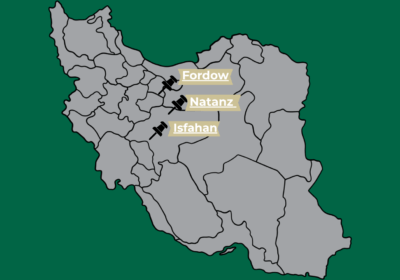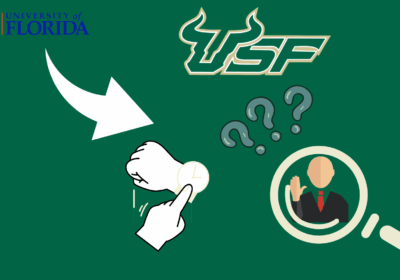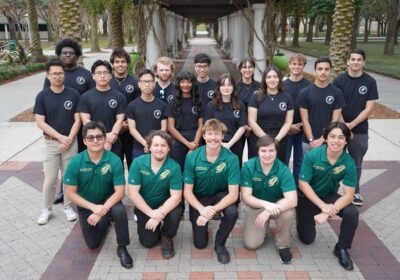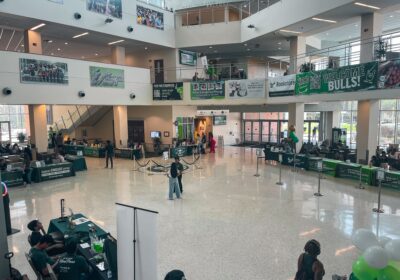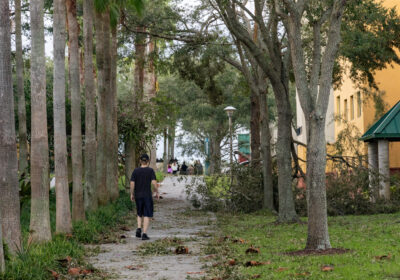Research shows construction may harm the Bay
The many bridges and causeways that facilitate commerce and transportation in the Tampa Bay area could also be harming it, according to a new study.
Over the last five years, research of the Tampa Bay waters have led to the conclusion that the causeways and infrastructures running over the Bay are affecting its health, through salinity, changes in currents and retention rates of material in the Bay.
USF professor and director of the Ocean Monitoring and Prediction Laboratory at the College of Marine Science Mark Luther and senior scientist at the lab Steven Meyers recently finished research on their long-term survey of the Bay.
Looking at salinity levels in water tests and how the fluidly waste and other material washes out of the Bay through the proper channels, Luther and Meyers conducted the study by creating two computer models that monitored the Bay’s health over the span of five years.
One of the models is of the Bay in its current state with bridges and causeways, and the other model is of the Bay in an earlier state before human construction.
“We found a little more complicated results than we expected,” Meyers said. “Different types of effects occur in different areas in different times of year.”
Luther said the Bay naturally goes through two stages a year, a wet season and a dry season, and its behavior varies in these different seasons.
“It is more affected by causeways and bridges in the dry period than in the wet period,” Luther said. “During the wet period, part of the ship channel flushes out faster and moves out water that comes in the channel.”
This, Luther said, indicates that shipping channels are not functioning as they should be. The fact that the ecosystem of the Bay is fragile and delicate, he said, means even a small change in currents or salinity can be detrimental to the wildlife in the Bay.
Though similar environments are found in many places other than the Tampa Bay region, Meyers said he believes the USF research on the topic is the first of its kind.
Though the study has shown that bridges do affect the health of bays, Meyers said it is ultimately up to future developers to decide how to construct new bridges and causeways.
“We clearly show that human construction is having an impact on the bays, and we might want to have a system that allows for water to flow freely underneath,” he said.
Scientists recognize that causeways and bridges are important to the development of cities such as Tampa and St. Petersburg, but, Luther said, only when they are more sustainable, can future transportation and wildlife be ensured.


